Industry information
Company News
- Punched aluminum veneer: the finishing touch of fashionable architecture
- Curtain wall aluminum veneer: a fashionable choice for modern architecture
- Customized aluminum veneer, creating a new trend of personalized space
- Aluminum veneer punching, unlimited creative space
- New trend of aluminum plate: punched aluminum veneer, perfect combination of fashion and practicality
Industry dynamics
- Aluminum veneer curtain wall: the fashionable coat of modern architecture
- Aluminum veneer: the fashionable outerwear of modern architecture
- Aluminum veneer design is a new trend in modern architecture!
- Exploring punched aluminum veneer: the technological charm behind its lightweight design
- Aluminum veneer curtain wall: a fashionable choice in modern architecture
Frequently asked questions
- What is aluminum veneer?
- What is the specific application of aluminum veneer in architectural decoration?
- What is the market outlook and development trend of aluminum veneer?
- How to choose a suitable aluminum veneer supplier?
- What are the precautions for the design and installation of aluminum veneer curtain walls?
contact us
Mobile:+86 15627778610
Email: 2201229786
Address: No. 5 Binjiang Road, High tech Zone, Zhaoqing City, Guangdong Province
Production technology and patent situation of aluminum veneer
- Author: Jinba Aluminum Industry (Guangdong) Co., Ltd
- Release time: March 14, 2025 15:14:16
- Click:0
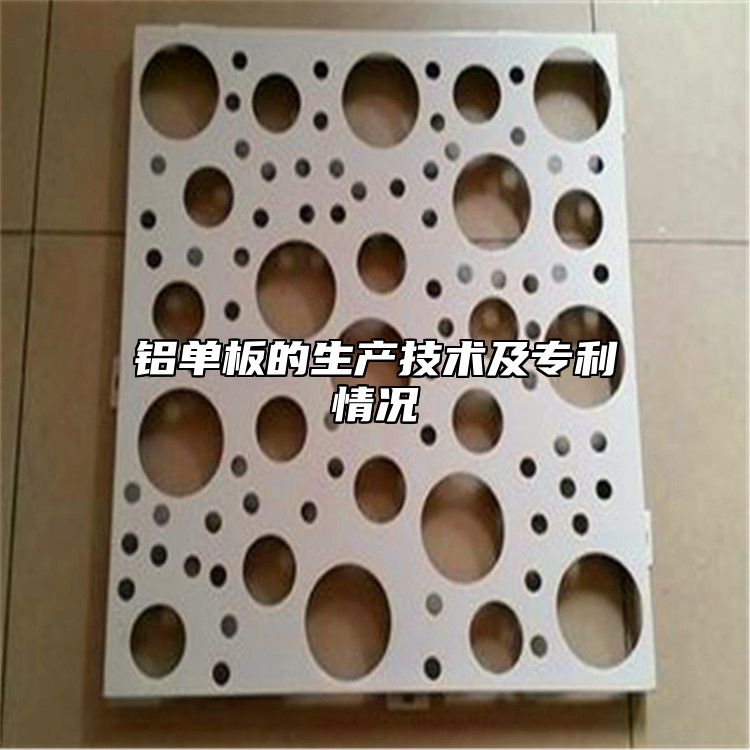
abstract
With the development of technology, aluminum veneer, as a new type of material, has been widely used in the field of architectural decoration. This article will provide a detailed explanation of the four aspects of aluminum veneer production, namely production process, material selection, mold design, and patent situation.
1、 Production process
The production process mainly includes aluminum veneer embossing, shearing processing, coating treatment, and forming technology. Among them, the embossing process of aluminum veneer is an important process for forming the texture of aluminum veneer, which achieves different texture effects by applying different pressing forces to the aluminum plate and using different embossing molds. The cutting processing technology is mainly used for cutting, slicing, chamfering and other processing of fixed length aluminum plates. The coating treatment process involves spraying and oxidation treatment on the surface of aluminum plates to enhance their hardness and corrosion resistance. Finally, the forming process refers to the bending, splicing, welding, and other forming processes of the processed aluminum veneer according to the design sample.
At present, the production process of aluminum veneer is gradually developing towards digitalization and intelligence, and the processing accuracy of various production processes is also constantly improving. At the same time, some new aluminum plate processing technologies are also applied in the aluminum plate production process, such as laser cutting and wire electrical discharge cutting.
2、 Material selection
The main component of aluminum veneer is aluminum alloy, and some auxiliary materials need to be added. Aluminum alloy is widely used in the field of architectural decoration due to its advantages such as lightweight, corrosion resistance, and easy processing. Auxiliary materials include oxide paint, coatings, adhesives, etc., which play an important role in the surface treatment and processing of aluminum plates.
At present, there are some new environmentally friendly aluminum materials on the market, which have better characteristics such as wind pressure resistance, sound insulation, and corrosion resistance compared to traditional aluminum plates. At the same time, in terms of aluminum plate material selection, there is an increasing tendency to choose aluminum plate materials that meet national environmental standards and are environmentally friendly.
3、 Design mold
Designing molds is a crucial step in the production of aluminum veneer. The quality of mold design directly affects the surface pattern and aesthetics of aluminum plates. At present, there are some advanced CNC mold making equipment on the market that can quickly produce high-quality design molds according to customer requirements.
At the same time, researchers are constantly exploring new design mold materials and manufacturing processes. For example, by using 3D printing technology, multiple parts can be designed into an integrated and complete structure, improving the accuracy and stability of the mold.
4、 Patent situation
With the continuous expansion of the aluminum veneer market, more and more companies are applying for patents in order to protect their intellectual property rights. In the production of aluminum veneer, it mainly involves design patents and utility model patents. Design patents mainly protect the patterns and structures on the surface of aluminum plates, while utility model patents protect the production process and application scenarios of aluminum plates.
At present, many domestic and foreign enterprises and individuals have obtained patents related to aluminum veneer, including some very valuable invention patents and utility model patents. The emergence of these patents has played an important role in promoting the development and innovation of the aluminum veneer industry.
5、 Summary
The production technology and patent situation of aluminum veneer are important guarantees for the continuous development of the aluminum veneer industry. With the advancement of technology and market demand, the production technology of aluminum veneer is gradually upgrading and improving. At the same time, the number of patents related to aluminum veneer is constantly increasing, providing more innovation space for enterprises while also protecting their intellectual property and core competitiveness. I believe that in the near future, the aluminum veneer industry will become increasingly mature and perfect.
- previous page:The production process flow of aluminum veneer
- Next page:Production cost and market price of aluminum veneer

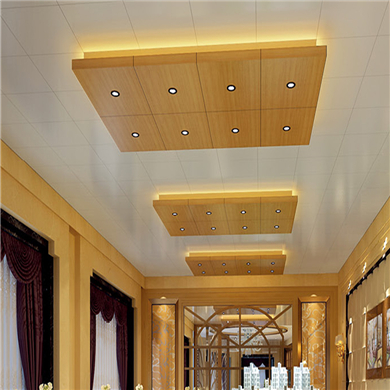
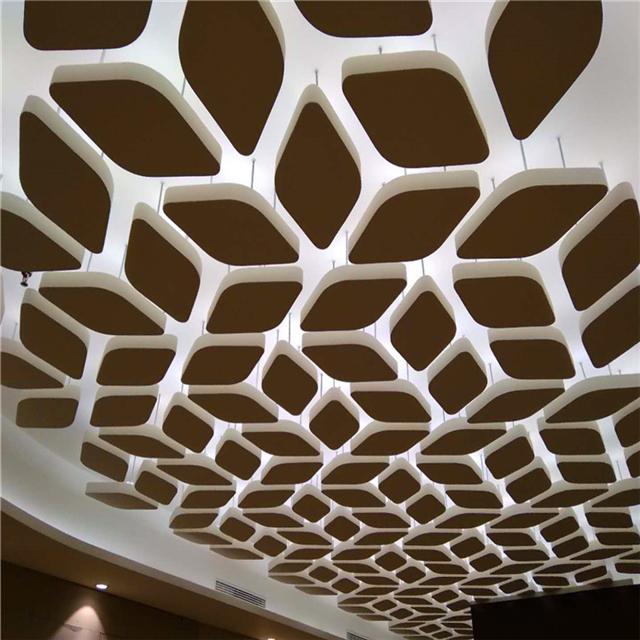
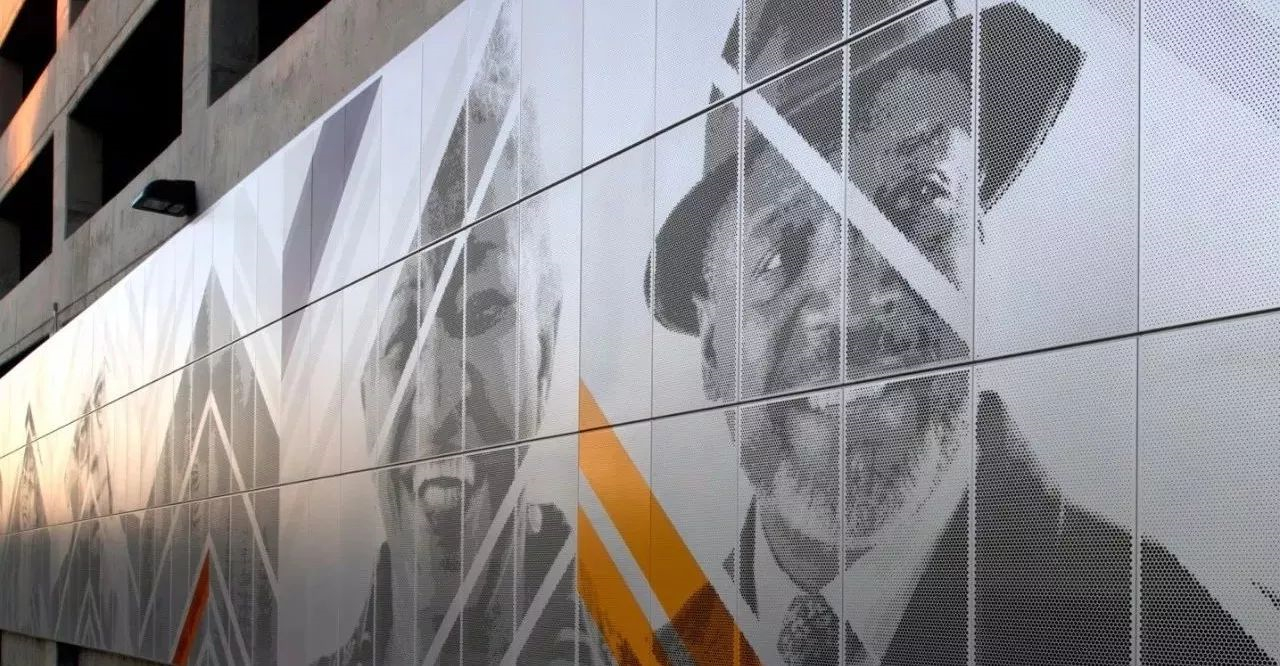
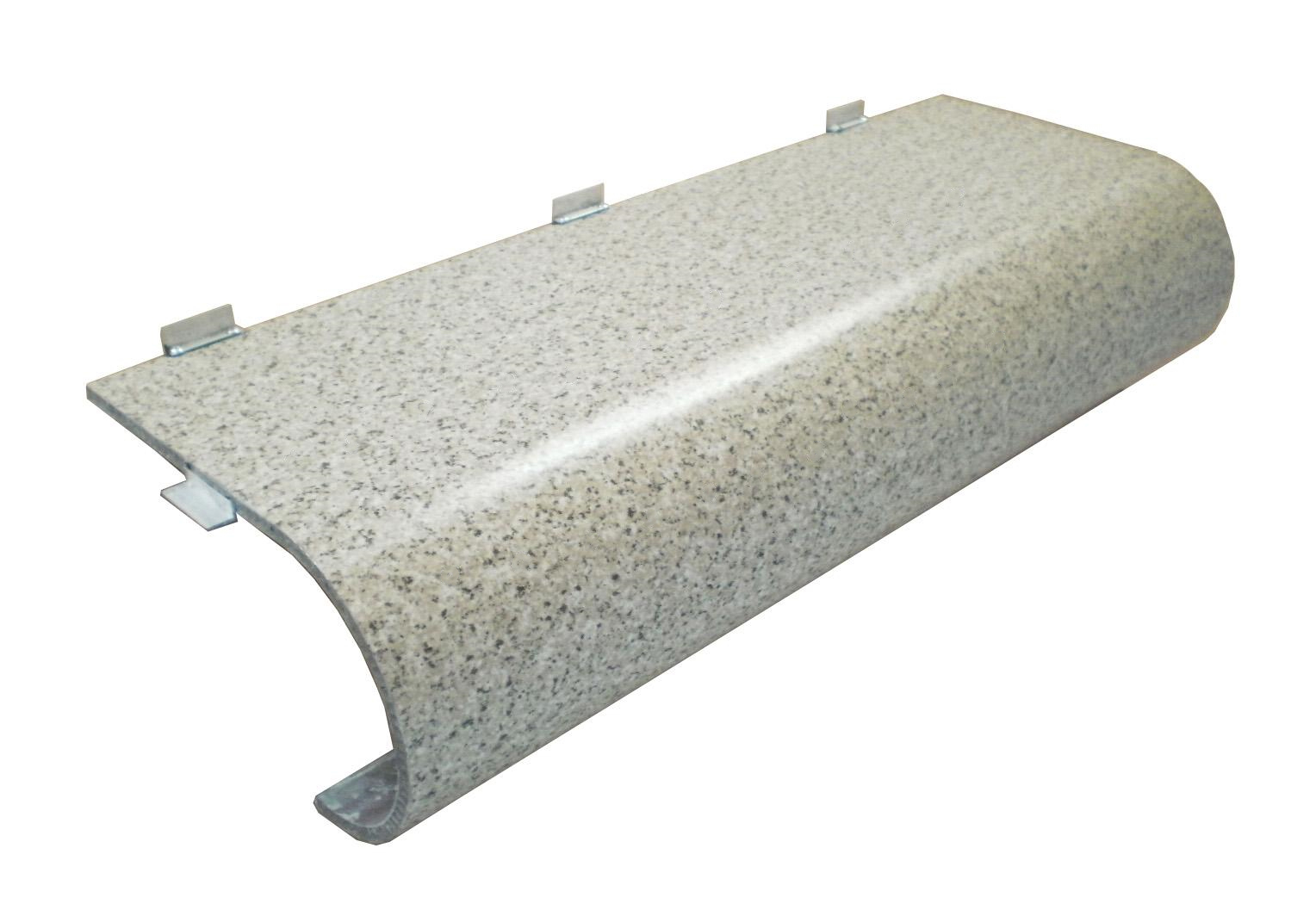
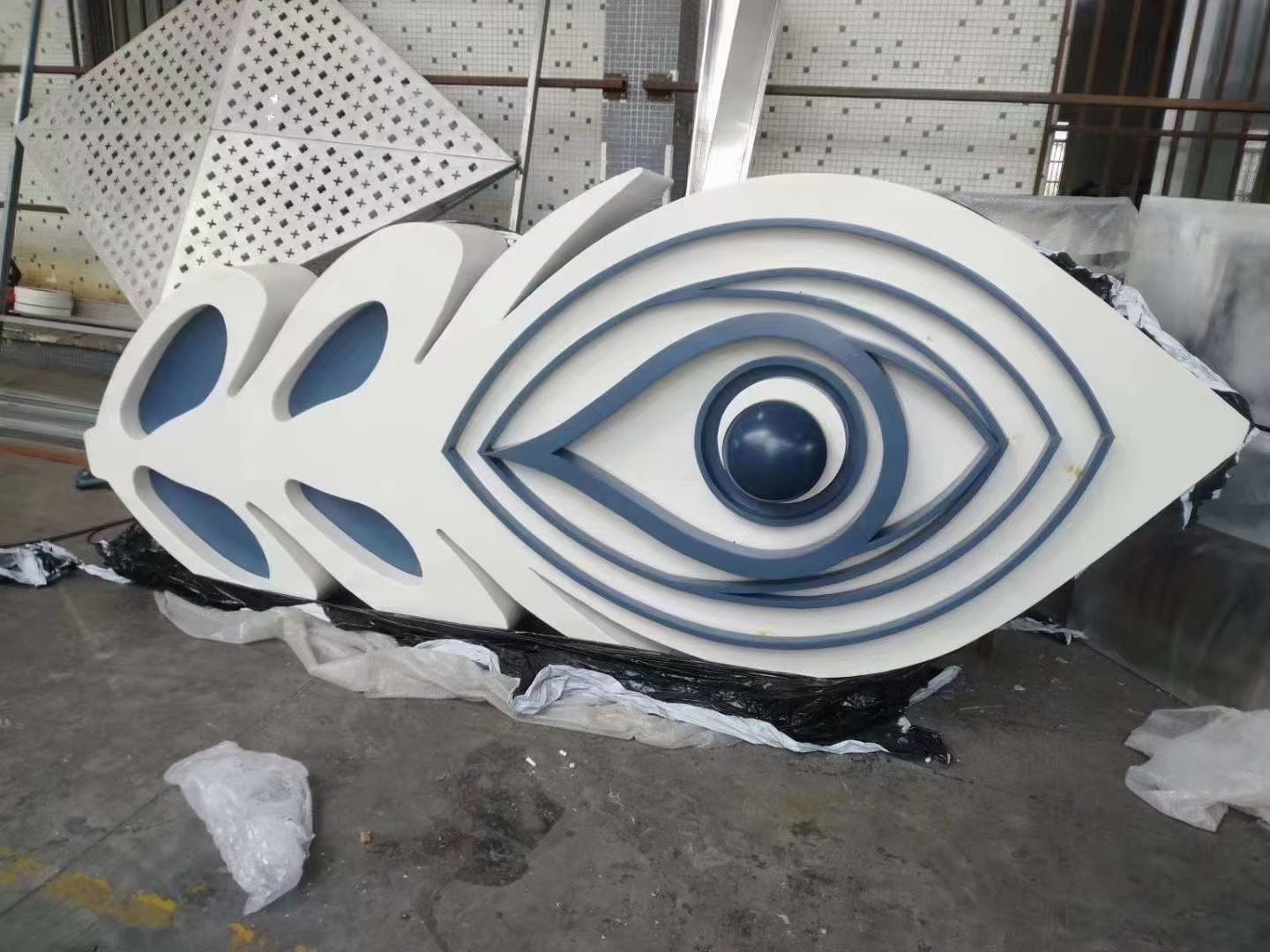
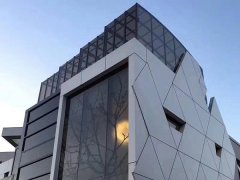
 Customer service QQ
Customer service QQ